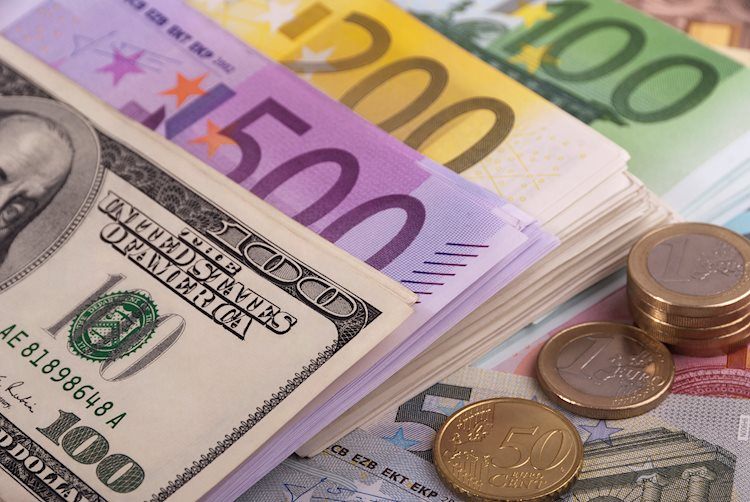The EUR/USD pair plummeted nearly 2% on Wednesday as markets bid up the US Dollar. Fiber saw one of its worst days in years as markets struggled to find a reason to buy the Euro. With the EU economic calendar remaining tepid, markets have focused on Fed rate cuts amid the ongoing US presidential election. The US presidential election is still ongoing, with some key battlegrounds yet to declare a final winner, but markets are confident that former President Donald Trump is set to win. With the Republicans also taking back the US Senate and Congress, investors are anticipating a pro-growth environment with more deregulation and business tax cuts.
The EU-based market data has been relatively limited this week, with Pan-EU Retail Sales figures and the EU leaders’ summit wrapping on Friday. ECB President Lagarde is set to make an appearance on Saturday when the market is closed. Another Federal Reserve rate call is expected this week, with Fed Chair Jerome Powell likely to deliver another quarter-point cut to interest rates on Thursday. The Fed Funds Rate is expected to be brought down 25 bps to 4.75%, reflecting investor demands for a return to a low-interest-rate environment.
The University of Michigan’s Consumer Sentiment Index is slated for release on Friday, with expectations that November’s indicator will climb to a six-month high. The EUR/USD daily chart reveals a considerable setback, with the currency pair facing a rejection near the 50-day EMA. Recent challenges faced by the eurozone economy, such as slowing growth and inflation, have led to caution among investors. The MACD line is currently above the signal line, but potential for a shift in sentiment could occur if the MACD crosses into negative territory.
The Euro, being the currency of 19 European Union countries in the Eurozone, is the second most heavily traded currency in the world. EUR/USD is the most traded currency pair in the world, followed by other pairs like EUR/JPY and EUR/GBP. The European Central Bank in Frankfurt, Germany, is the reserve bank for the Eurozone, responsible for monetary policy decisions and managing interest rates. Eurozone inflation data, economic indicators, and trade balance all impact the value of the Euro and investor sentiment towards the currency.
In conclusion, the EUR/USD pair has faced significant downward pressure amid a stronger US Dollar and uncertainties surrounding the eurozone economy. The ongoing US presidential election and Fed rate cuts have contributed to market volatility, with investors closely monitoring economic indicators and policy decisions. The Euro’s value will continue to be influenced by data releases, trade balance, and monetary policy decisions by the ECB. As the situation develops, traders should be prepared for further volatility and potential shifts in market sentiment for the Euro.











